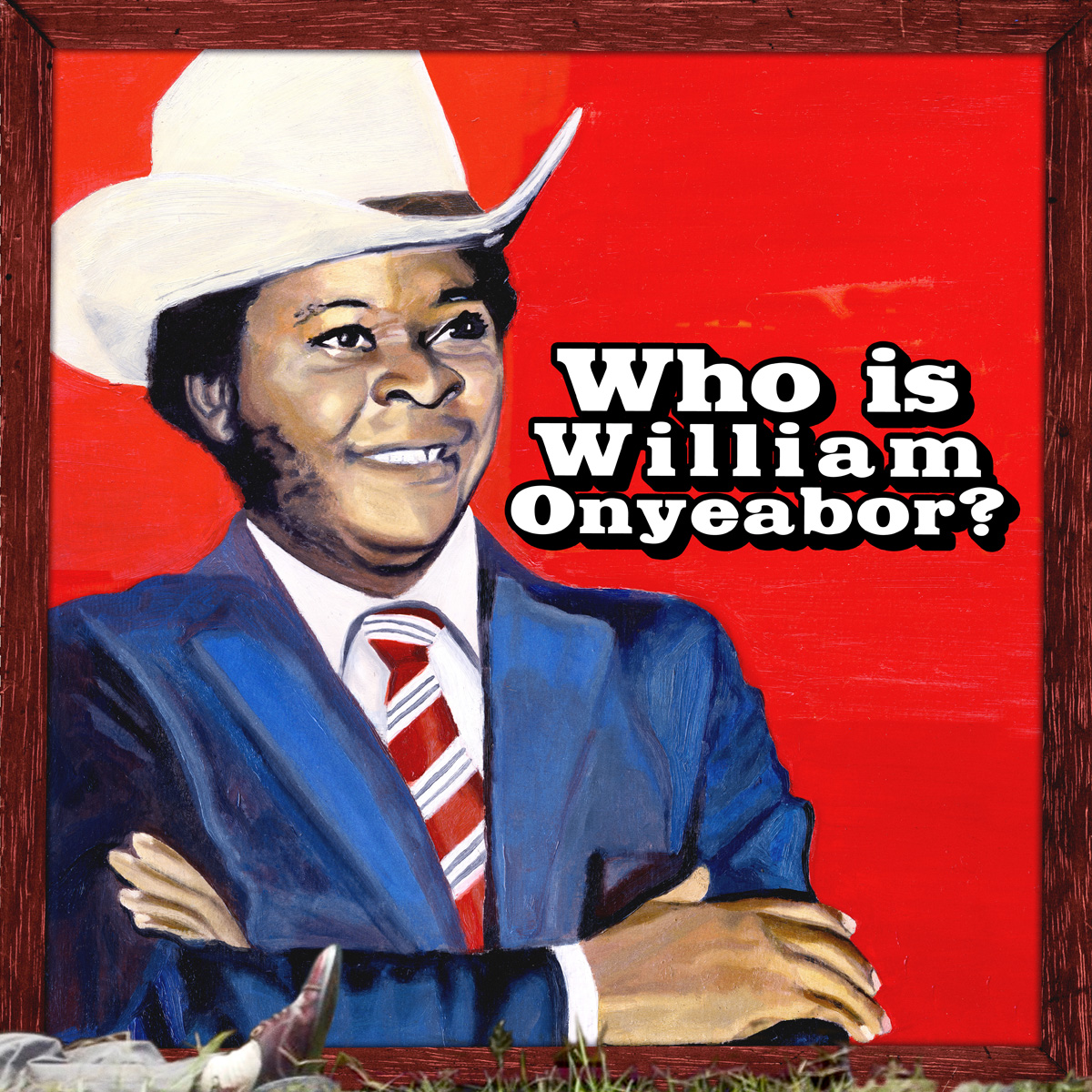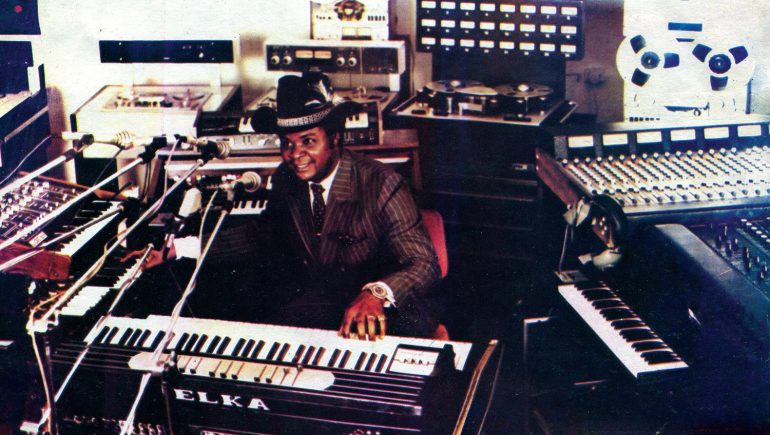The things that truly captivate us in this life are the things that we cannot quite grasp, that pass just out of reach, without ever truly being held down. A bird can receive peeping glances of admiration through a birdcage, yet the true beauty is in watching it soar.
William Ezechukwu Onyeabor could not be more befitting of such a view. He was a bird who did not even know the concept of a cage, and one who was able to develop a completely unique view of the world in flight. His passing last Wednesday was met with a vast outpour of sadness from all four corners of the world, reaffirming his legacy as one of the 20th century’s most revered musical pioneers. Mourning for a figure as popular and influential as William is magnified further still, as, in contrast to modern Western genre-defining idols, there is so much that we do not know about him. Notoriously mysterious and almost hateful of being in the public eye, Onyeabor was a modern day Great Gatsby – the world has lost a true great.

Affectionately referred to as ‘The Chief’ by those who knew him, Onyeabor set his own path. Conflicting accounts trace his past to various countries across Europe and Africa. Some claim that he studied in London, however it is a general consensus that the businessman from Eguru, a small town in Nigeria set off to Russia so as to learn how to press and distribute records. Returning to Nigeria in his 30s, he established his own recording company, naturally placing himself as big boss of the label. His formative years were set against a backdrop of political and civil unrest in Nigeria; a new era was being formed.
In 1977 he embarked on a notoriously prolific streak of artistry, releasing 9 albums in 8 years; he became a star. When The Going Is Smooth And Good could be heard on repeat following its release in 1985, proving to be perhaps his most famous song. Onyeabor’s take on afrobeat was like nothing heard before. Equipped with an unrivalled studio, including mysterious and pricey synthesizers that he personally imported (the financing of which still still shrouded in mystery), Onyeabor was able to create a thoroughly modern sound. Consistent loops and punchy synths marked his musical stamp, his albums were a truly unique musical experience. His songs appeared to represent his take on electronic music, all the while in a Nigerian context. Let it not be forgotten that Onyeabor’s striking and often self-deprecating sense of humour peppered his music, his lyrics often depicting the lighter side of relationships and the world around him. Garnering universal adoration and recognition translates to a completely different type of fame in the modern day, but as usual, Onyeabor did things his way.

Following the release of his last album, he left the music business behind in order to run a flour mill. Onyeabor soon became a Born Again christian, placing all his focus and energy into his faith. He would refuse to speak about music, remaining an isolated figure and resistant to discussing the music that had touched so many, even to his most avid followers. His original sound would permeate Western ears in the 1990s, listeners bemused as to how it had taken so long to reach them. After years of failed phone conversations and persistent persuasion, the label Luaka Bop finally managed to convince Onyeabor to allow them to release an album of his most famous tracks. To global fanfare, Who is William Onyeabour? was released in 2013, celebrating both William’s undeniable talent and elusiveness. TIME Magazine voted it as the 4th best album of the year. And so Onyeabor cemented a legacy that will not be uprooted, rest in peace Fantastic Man.
Article by Jim Morris

